The Cost of Carbon
On this page you will find information on how our planet - its plant and animal life, and its people are being impacted by carbon emissions.
These are often referred to as the Social and Environmental Costs of Carbon....Find out more below.
What to expect: Articles, Videos, Academic Research, Infographics
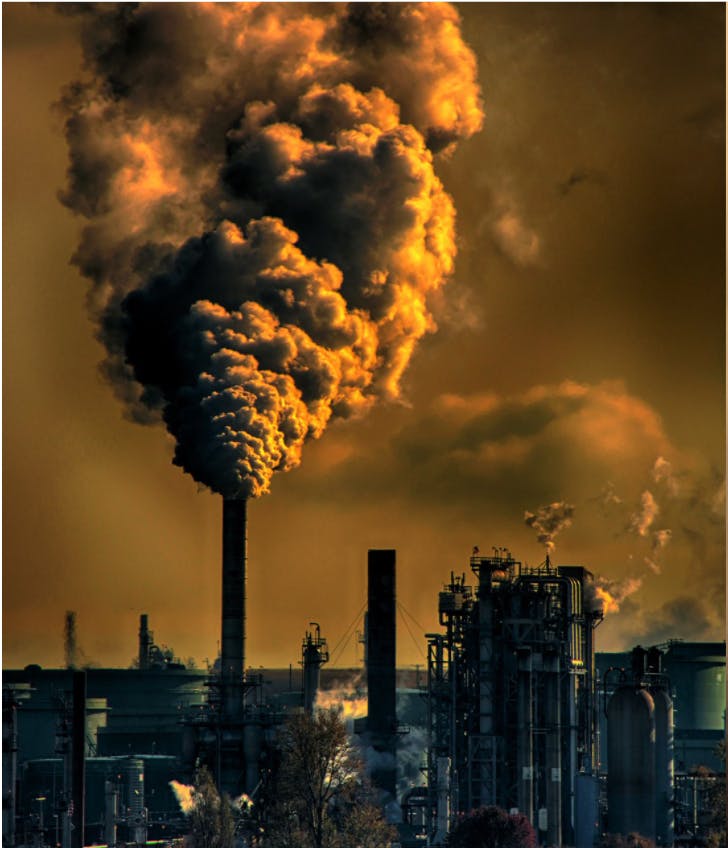


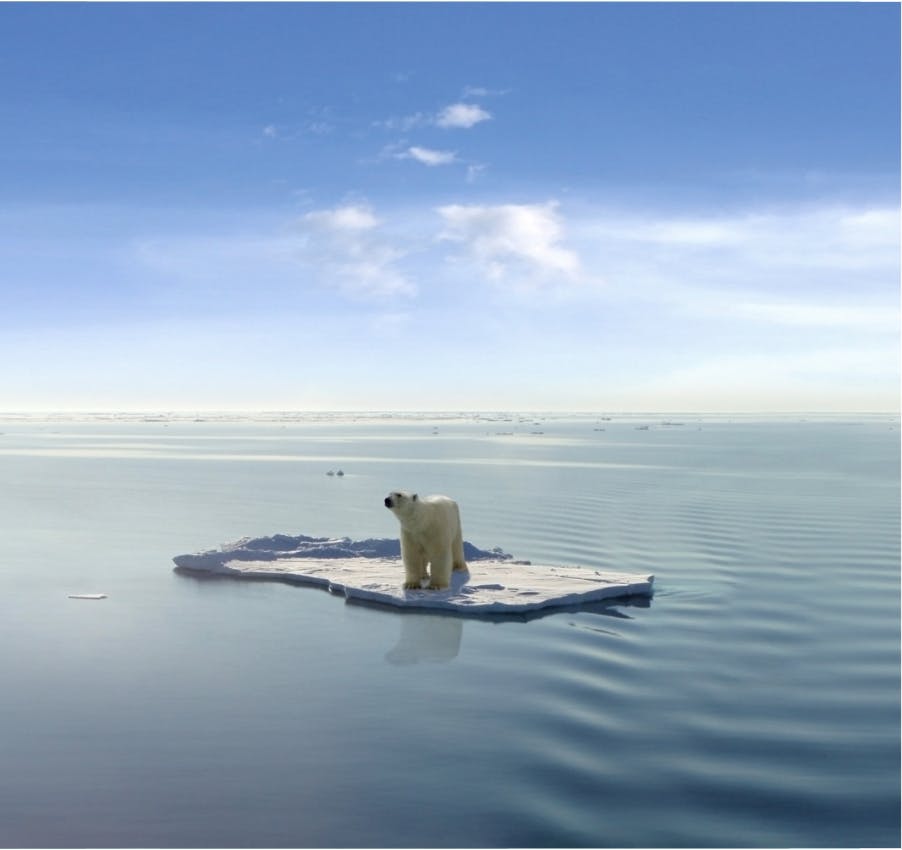
The Social Cost of Carbon
The Social Cost of Carbon is an estimate, in dollars, of the damages that would result from emitting one additional tonne of Greenhouse Gases (CO2e) into the atmosphere.
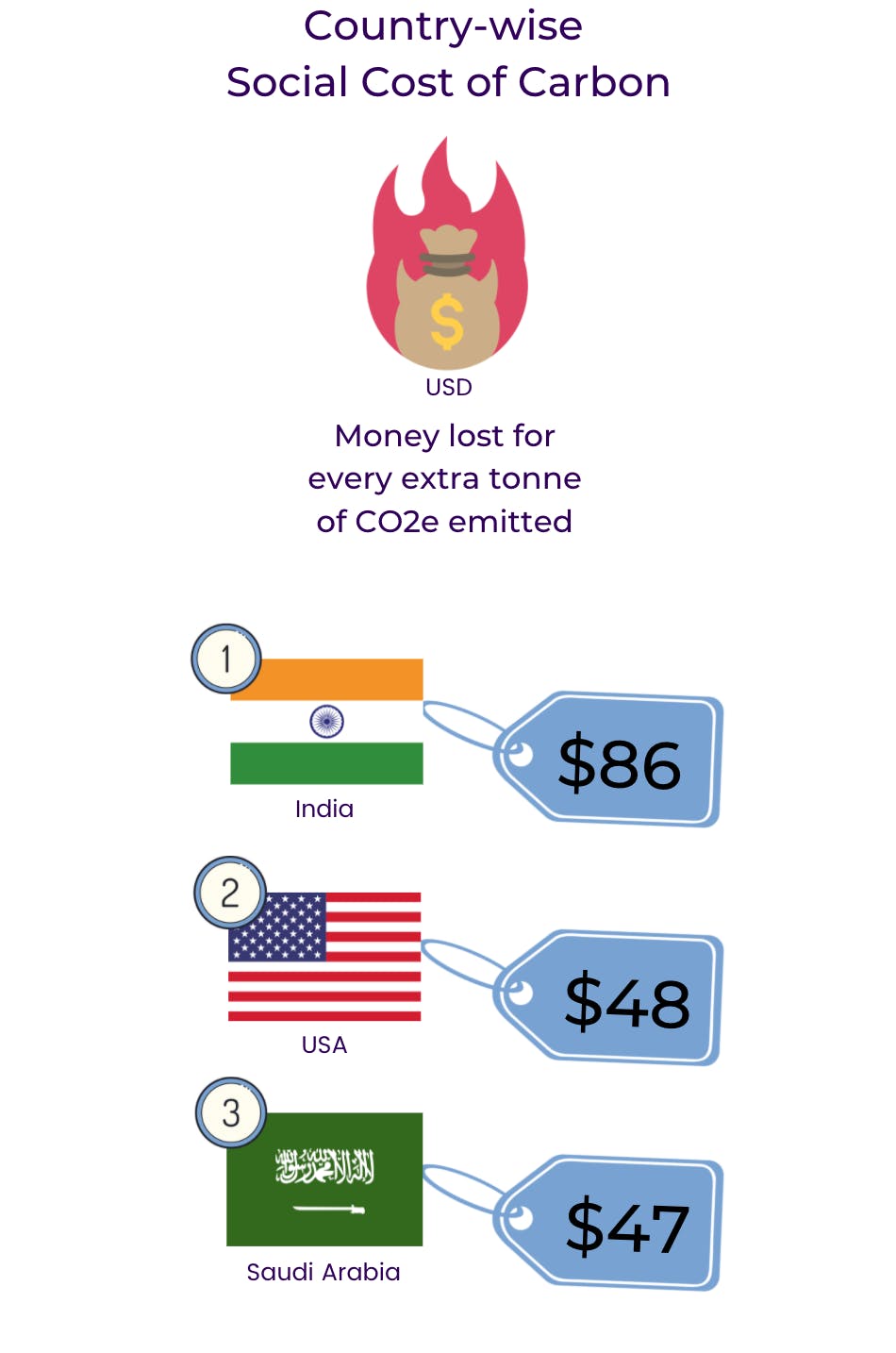
In 2018, a study found that India's country-level Social Cost of Carbon was the highest in the world at $86 per Tonne. This means that the Indian economy will lose $86 for every additional Tonne of CO2e it emits!
Using this data, Team Climes calculated (in rupees) how much of India's GDP you as a Climer could save, if you helped to avoid or remove Carbon Emissions regularly.
Want to know more about how the Social Cost of Carbon is calculated? Read more here.
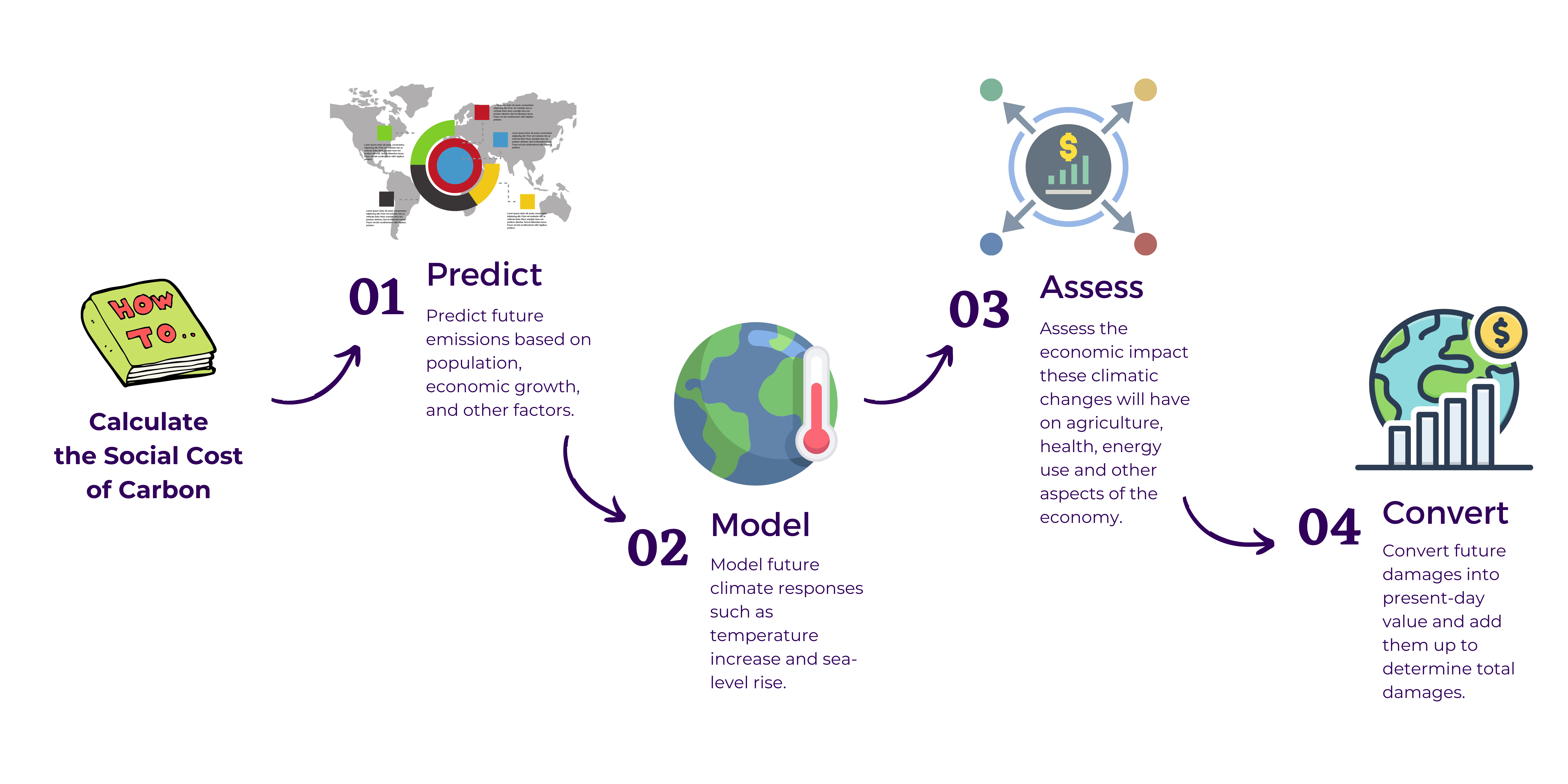
Featured Reading
Academic Journal Article
Country-level Social Cost of Carbon
Published in 2018 by Katharine Ricke, Laurent Drouet, Ken Caldeira and Massimo Tavoni
This article from the journal of Nature Climate Change delves deeper into the Social Cost of Carbon (SCC), investigating it at the country-level instead of broadly on a global scale. The article reveals interesting findings about the unequal distribution of SCC across countries. Large fractions of the global cost consistently include India, China, Saudi Arabia and the United States.
The Environmental Cost of Carbon
Increased levels of Greenhouse Gases in the atmosphere have far ranging effects on our environment.
Extreme weather, forest fires, melting ice caps, rising sea levels and the extinction of species are all eventualities we are taught to expect if emissions continue unchecked.
These are now harsh realities we are already confronting, every day, across the globe.
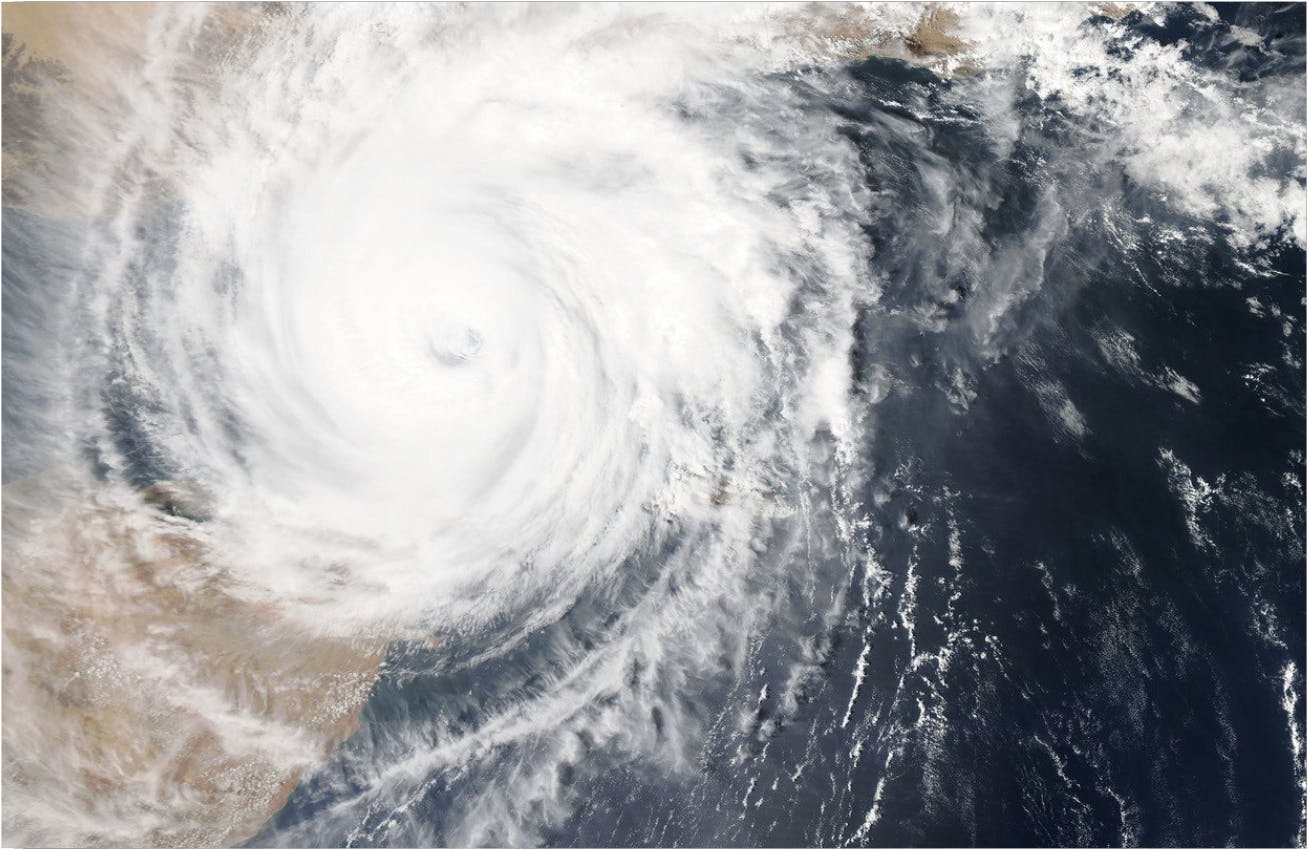
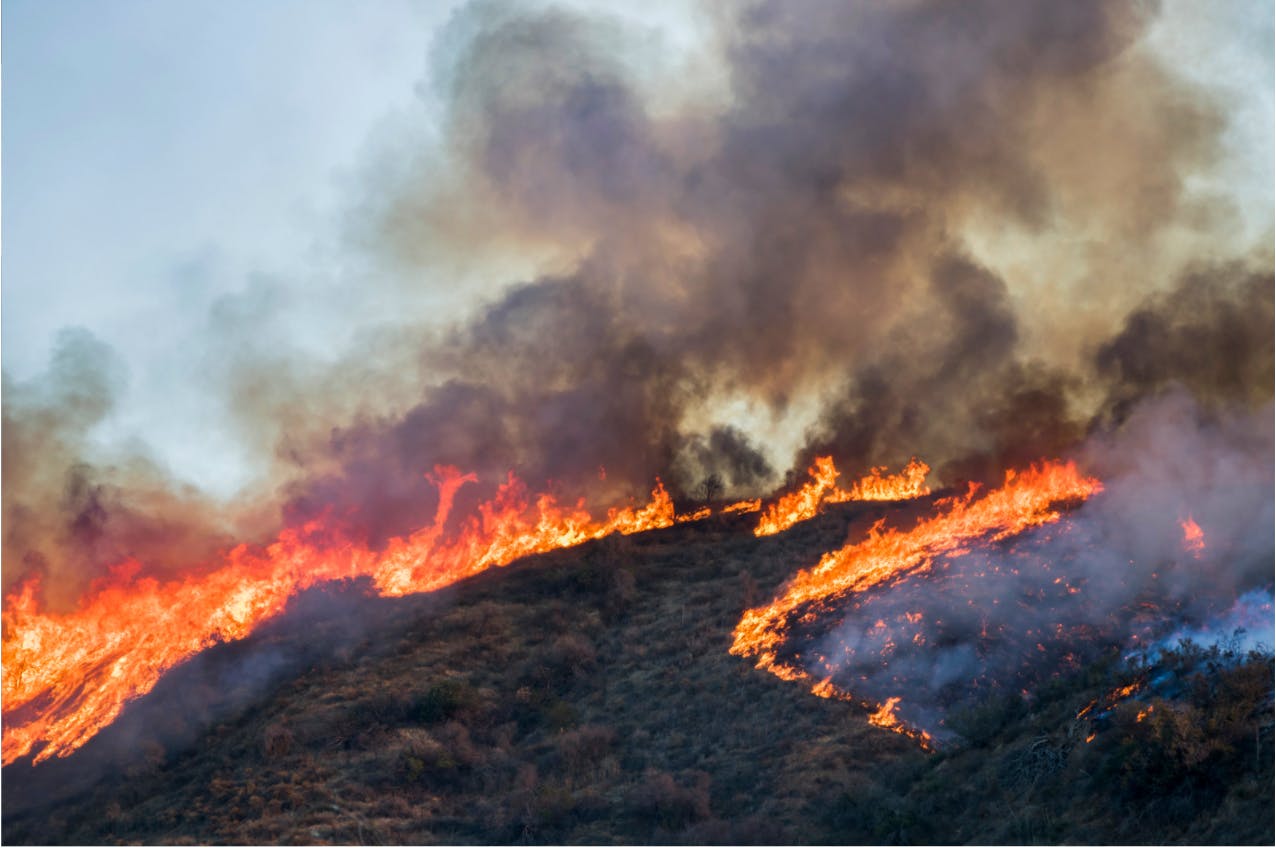
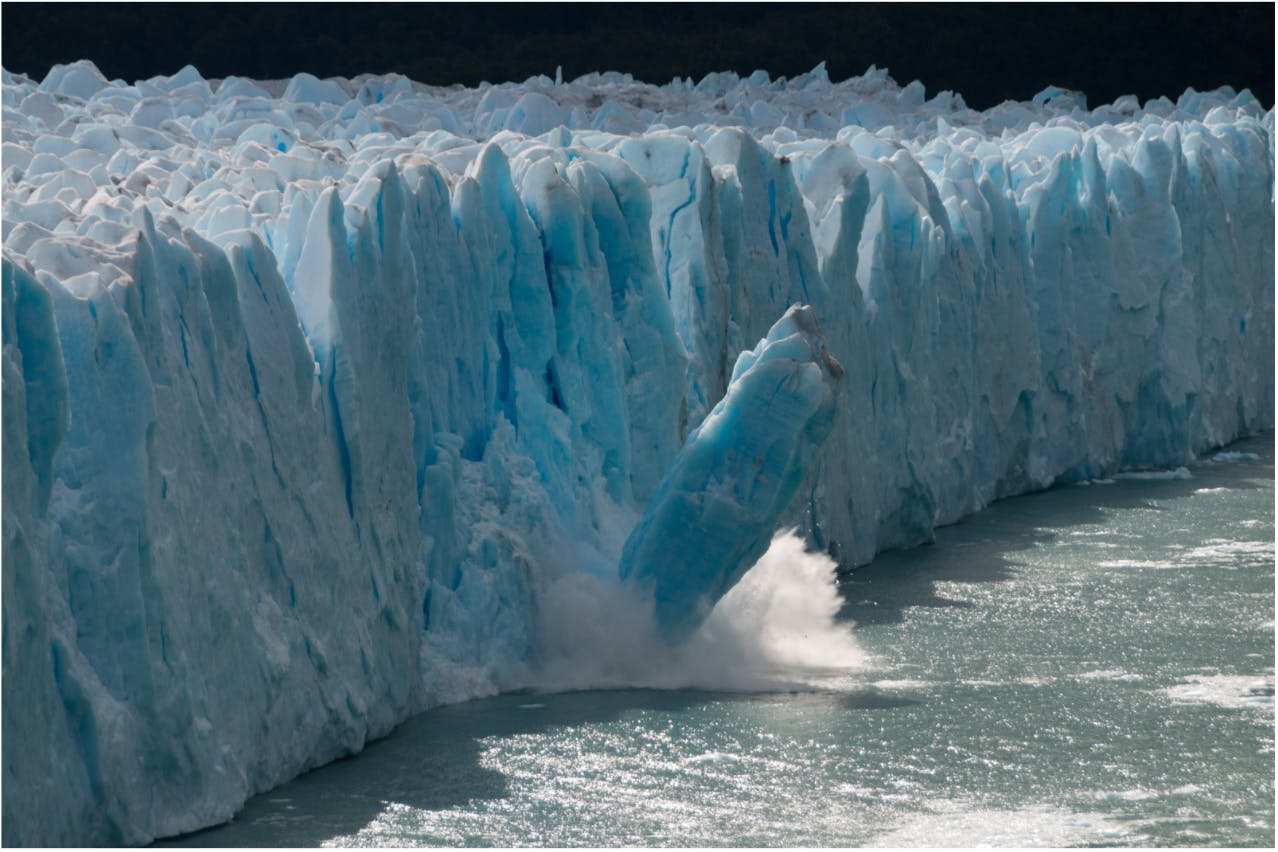
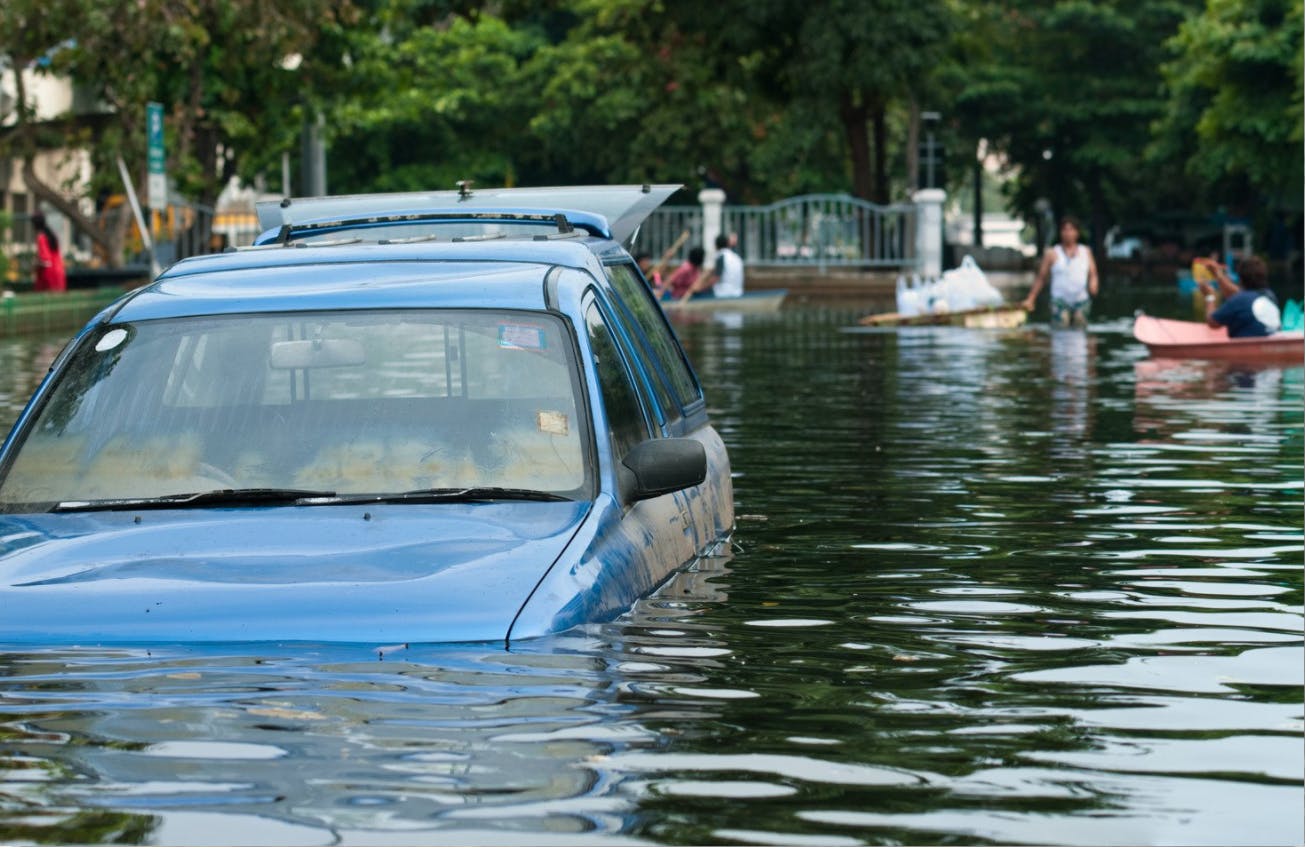
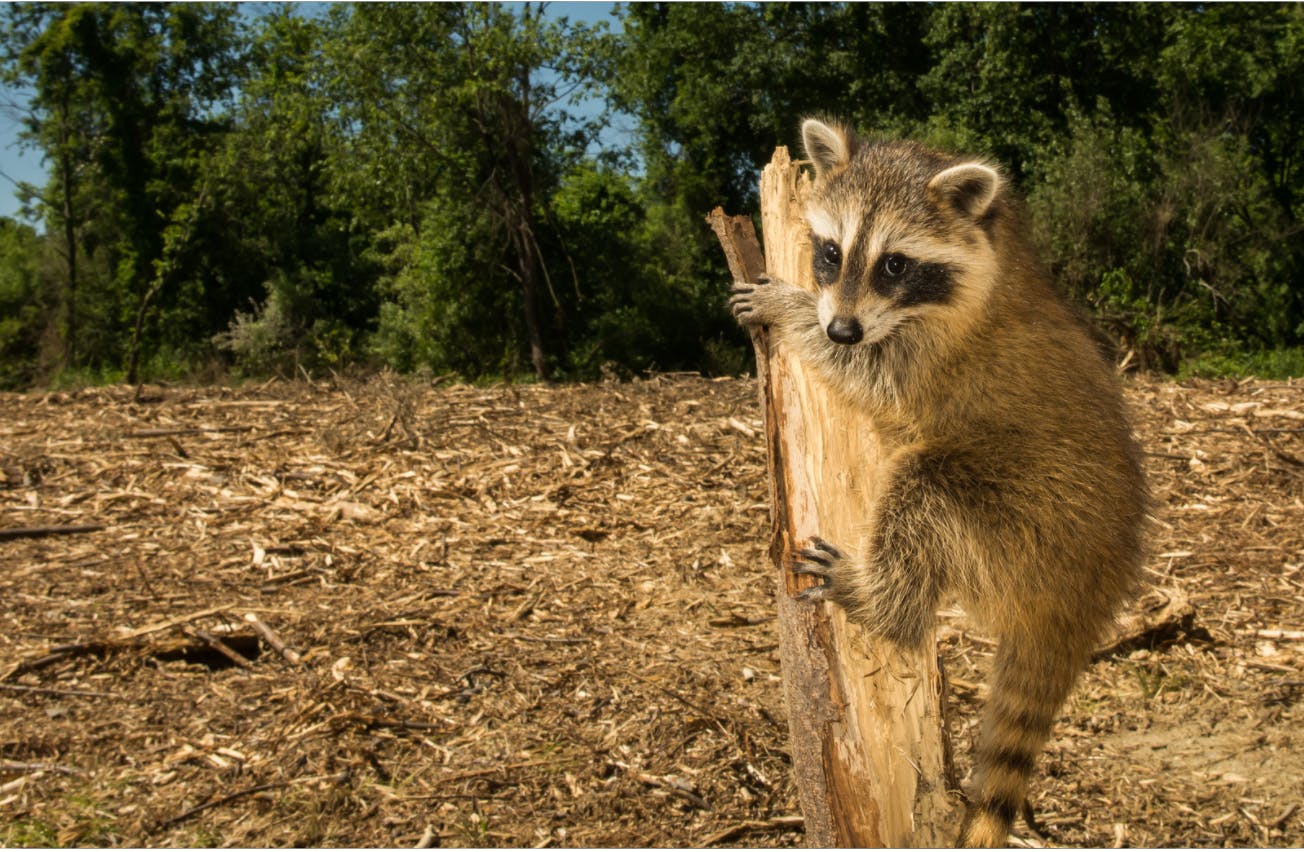
Featured Reading
Academic Journal Article
An article published in 2016 in the journal "Science" by Dirk Notz and Julienne Stroeve explores the link between carbon emissions and melting ice.
The findings show that for every 1 tonne of Carbon Emissions, an area of 3 square metres of ice is lost. This is about one and a half times the size of a single bed. In 2020, the world emitted 50.62 billion tonnes of CO2e.
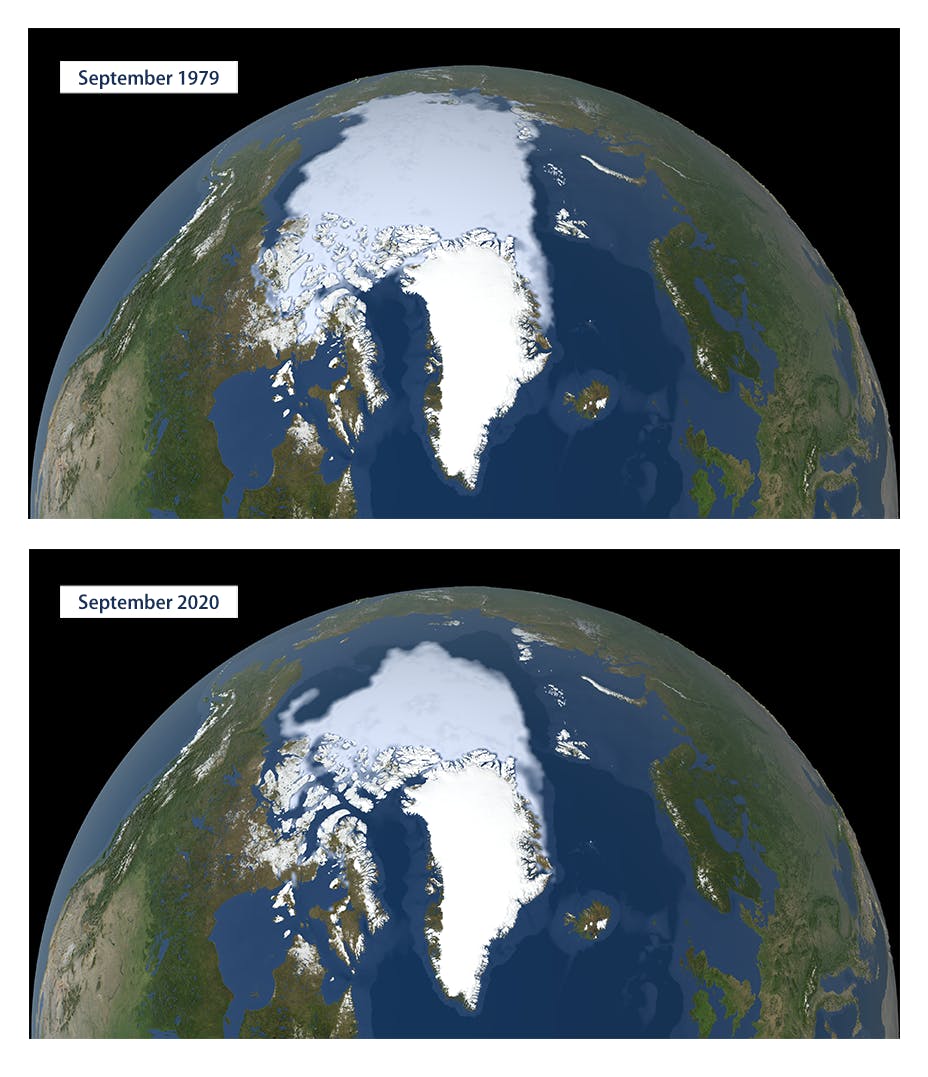
What does half a degree of warming really mean?
Small temperature increases like 1.5 or 2 degrees can sound insignificant, but they have a massive impact on our planet.
When a human being's temperature rises from a healthy 36.6 to 38.6 degrees Celsius (97.8 to 101.48 degrees Fahrenheit), it has consequences. A minor increase like this leaves the body feeling very unwell and unable to function normally.
The story is the same for our planet...
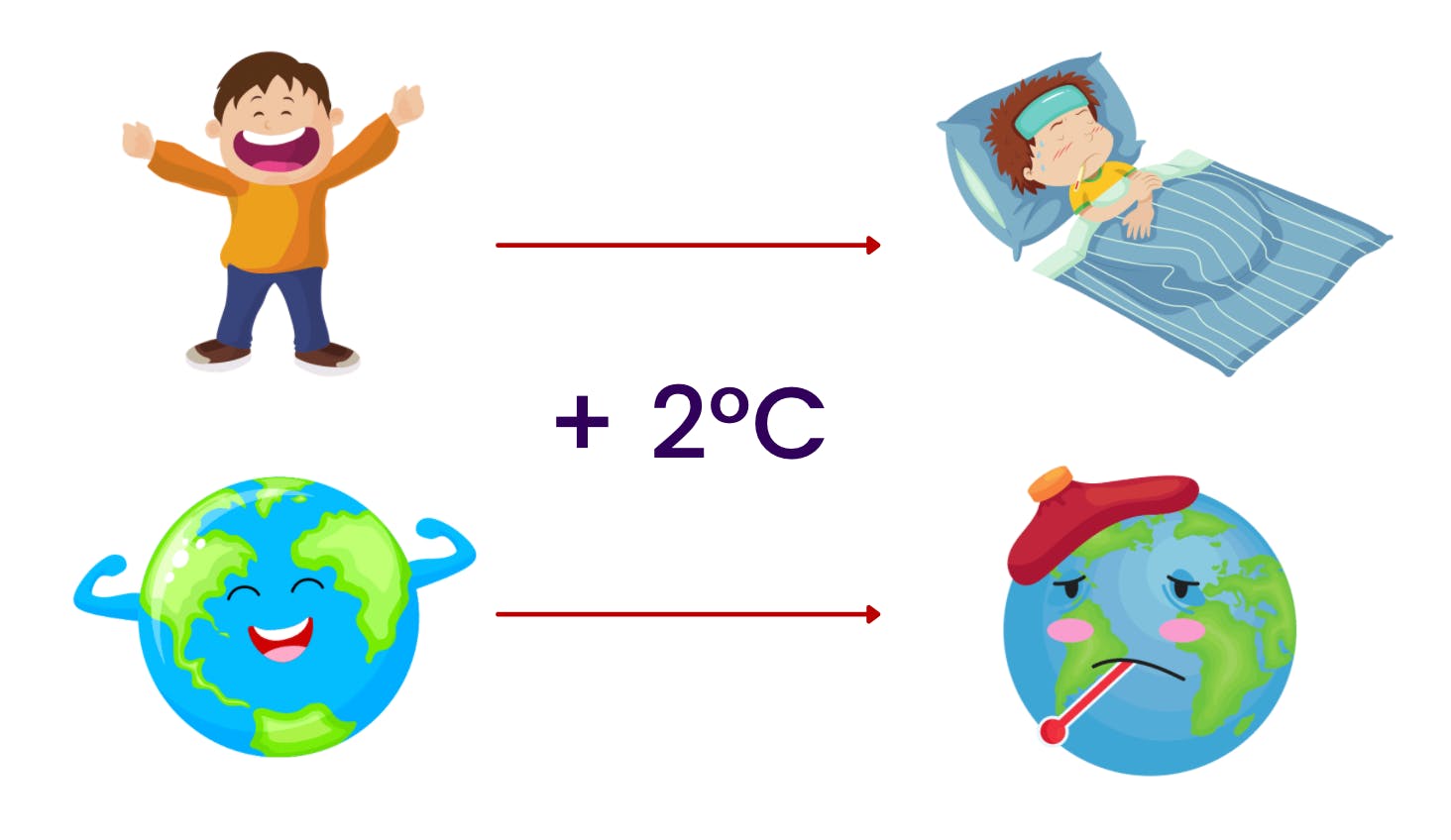
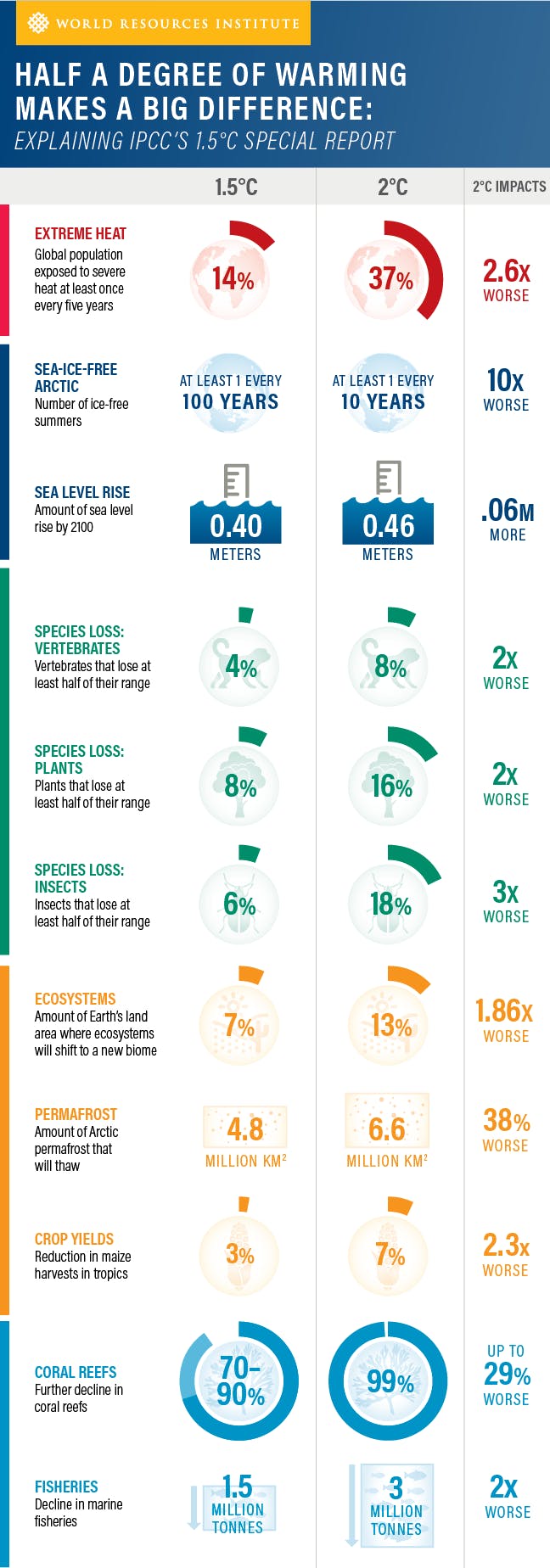
Come across some interesting content that you believe must be added to this list? Feel free to write to us at support@climes.io

